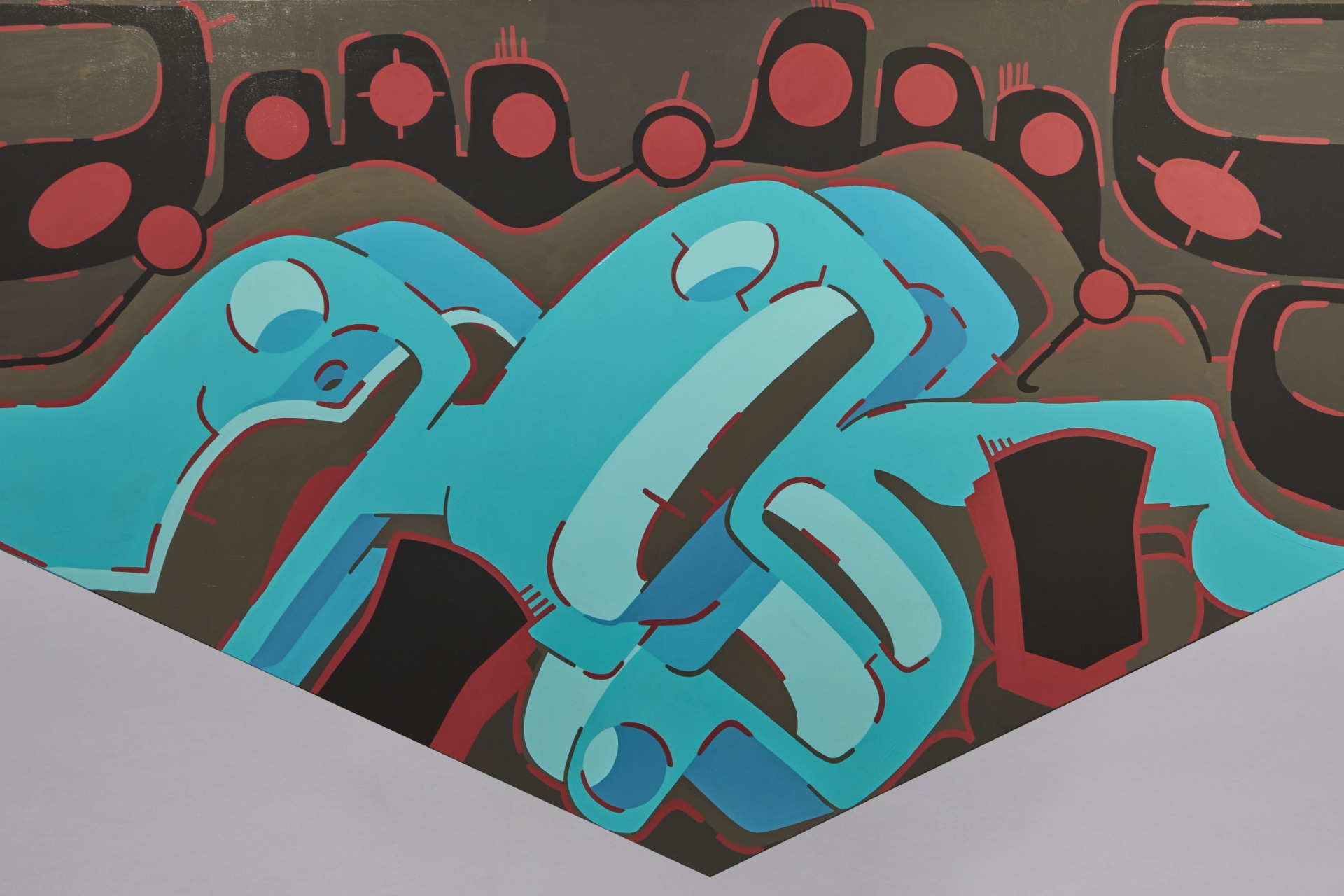Description
Hadjo, a Creek religious leader, arrived in London in 1815 with his son, Earle, a servant, and a translator, having accompanied English colonel Edward Nicholls on his return journey. As part of the Red Stick Creeks, Hadjo had been involved in the recent Creek War, a conflict that started within the Creek confederacy but soon involved the British (Red Stick/ Upper Creek allies) and U.S. forces (Lower Creek allies). It ended in 1814 with a treaty in which General Andrew Jackson, the future U.S. President and the architect of Indian Removal, forced the Creek nations to give up approximately 21 million acres of land. In the aftermath of this war, Hadjo was seeking British support against U.S. expansion into Creek lands. They arrived in England in August 1815 and stayed with Colonel Nicholls in his home. Eventually, the British government told Hadjo that they could not support him in another war with the US and so he should make peace with them. He travelled back to North America in 1817, landing in Florida. There, he was tricked into boarding an American ship that was flying a British flag, and Andrew Jackson had him arrested and hung. Several of his personal belongings are now in the collections of the British Museum.
Bibliographic sources
Frank Owsley, “Prophet of War: Josiah Francis and the Creek War,” American Indian Quarterly, 9:3 (Summer 1985), 286-7. Image “Self-portrait of Hilis Hadjo,” © The Trustees of the British Museum.

